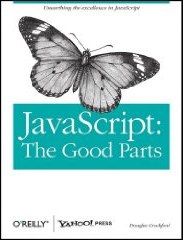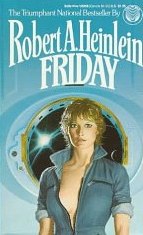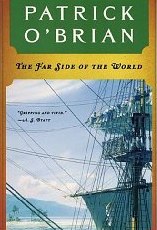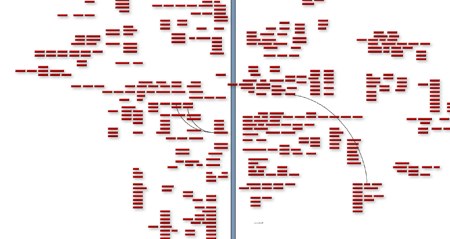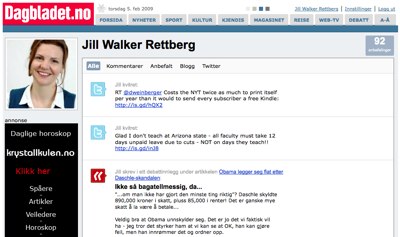It's common to include the date with weblog posts — either written out at the top or the bottom of the post, or presented as a small calendar element like this:
These save space on the page, but embedding one in each post might be overkill. So I changed the policy: now, we put the date on the first post of a given date.
Tinderbox makes this easy to arrange*. All it takes is to wrap the calendar code in an ^if statement:
^if(day($Date) != day($Date(previousSibling)))... calendar markup...^endifIn English, this is simply:
If the day of this post is different from the day of the previous post, draw the calendar.
The important thing here is not that Tinderbox lets you format your weblog dates just about any way you can imagine, but that Tinderbox lets you format your weblog (or anything else) in ways its designers couldn't imagine.
And, even more important, it's not about how things look: it’s about how they are organized. What do you include? Where do you put it? What do you leave how? How can you find it later if you’ve left it out now? It’s not the design, it’s the experience. And it’s not the user experience; it’s yours.
(*) Fine print: I'm using Tinderbox 4.6 , which is about to ship. I haven't tested it in Tinderbox 4.5; there are about 100 user-visible fixes in the update, and one of them might be necessary. So, feel free to try this at home, but life might be simpler if you wait a few days.
